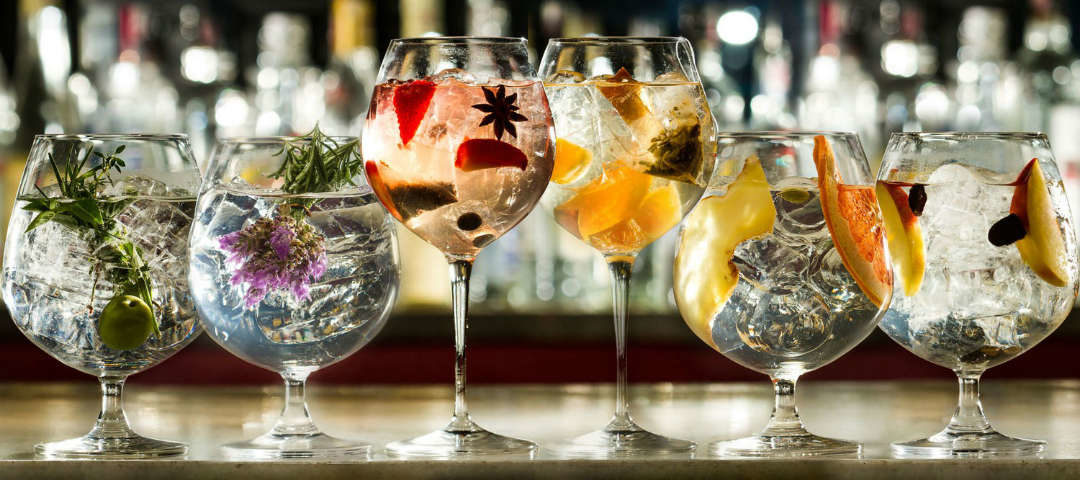I love Gin tonic 🍸

(but bars are closed 😪)
A gin and tonic or, less frequently, gin tonic, is a highball cocktail made with gin and tonic water poured over a large amount of ice. The ratio of gin to tonic varies according to taste, strength of the gin, other drink mixers being added, etc., with most recipes calling for a ratio between 1:1 and 1:3. It is usually garnished with a slice or wedge of lime. To preserve effervescence, the tonic can be poured down a bar spoon.The ice cools the gin, dulling the effect of the alcohol in the mouth and making the drink more pleasant and refreshing to taste.
Did you know ❓
The cocktail was introduced by the army of the British East India Company in India. In India and other tropical regions, malaria was a persistent problem. In the 1700s, Scottish doctor George Cleghorn studied how quinine, a traditional cure for malaria, could be used to prevent the disease. The quinine was drunk in tonic water but the bitter taste was unpleasant. British officers in India in the early 19th century took to adding a mixture of water, sugar, lime and gin to the quinine in order to make the drink more palatable, thus gin and tonic was born. Soldiers in India were already given a gin ration, and the sweet concoction made sense. Since it is no longer used as an antimalarial, tonic water today contains much less quinine, is usually sweetened, and is consequently much less bitter. Gin and tonic is a popular cocktail during the summer.A 2004 study found that after 12 hours, "considerable quantities (500 to 1,000 ml) of tonic water may, for a short period of time, lead to quinine plasma levels at the lower limit of therapeutic efficacy and may, in fact, cause transitory suppression of parasites". This method of consumption of quinine was impractical for malaria prophylaxis, as the amount of drug needed "cannot be maintained with even large amounts of tonic". The authors concluded that it is not an effective form of treatment for malaria.
Find out more on Wikipedia 📚